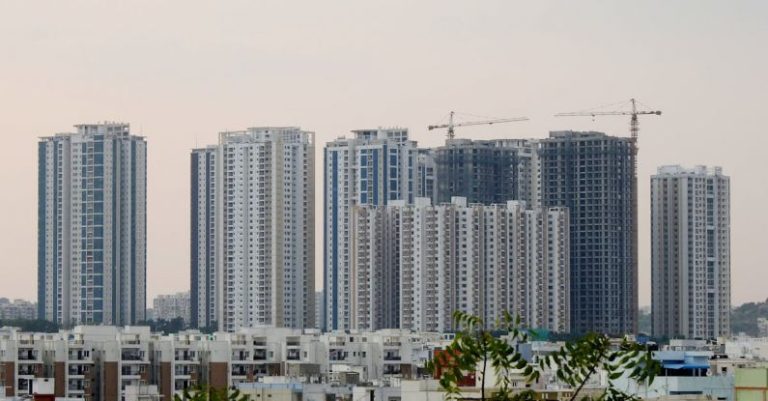Composites in Architecture: Melding Sustainability with Innovation
In today’s rapidly evolving world, the architecture industry is constantly seeking innovative materials and techniques to create sustainable and visually striking structures. One such material that has gained popularity in recent years is composites. Composites in architecture offer a unique blend of sustainability and innovation, allowing architects to push the boundaries of design while also prioritizing environmental consciousness.
### The Rise of Composites in Architecture
Composites are materials made up of two or more constituent materials with significantly different physical or chemical properties. In architecture, composites typically consist of a matrix material reinforced with fibers such as carbon, glass, or natural fibers like bamboo. This combination results in a material that is lightweight, durable, and versatile, making it ideal for a wide range of architectural applications.
### Sustainability at the Forefront
One of the primary reasons architects are turning to composites is their sustainability benefits. Unlike traditional building materials like concrete and steel, composites have a lower carbon footprint and can be manufactured using recycled materials. Additionally, composites are highly durable and have a longer lifespan, reducing the need for frequent maintenance and replacement.
### Design Flexibility and Innovation
Composites offer architects unparalleled design flexibility, allowing them to create structures that were once thought to be impossible. The lightweight nature of composites means architects can explore new forms and shapes that would be challenging or impossible to achieve with traditional materials. This flexibility opens up a world of possibilities for innovative and visually stunning architectural designs.
### Structural Performance and Durability
Despite their lightweight nature, composites are incredibly strong and durable, making them an ideal choice for structural applications. Composites can withstand extreme weather conditions, seismic activity, and other environmental factors, ensuring the longevity and safety of the structures they are used in. This combination of strength and durability makes composites a reliable choice for architects looking to create long-lasting and resilient buildings.
### Energy Efficiency and Thermal Performance
Composites also offer excellent thermal performance, helping to reduce energy consumption in buildings. The insulating properties of composites can help regulate indoor temperatures, reducing the need for heating and cooling systems. This not only lowers energy costs but also contributes to a more sustainable built environment by reducing a building’s carbon footprint.
### Case Studies: Composites in Action
Several notable architectural projects around the world have showcased the innovative use of composites. From the sleek and futuristic facades of museums to the curvilinear forms of bridges and pavilions, composites have been instrumental in bringing these designs to life. Projects like the Heydar Aliyev Center in Baku, Azerbaijan, designed by Zaha Hadid Architects, and the Serpentine Pavilion in London, designed by various renowned architects, highlight the versatility and aesthetic appeal of composites in architecture.
### Embracing the Future
As the architecture industry continues to evolve, the use of composites is expected to become even more prevalent. Architects and designers are increasingly looking to push the boundaries of what is possible in terms of sustainability, innovation, and design. Composites offer a unique opportunity to meld these elements together, creating structures that are not only visually striking but also environmentally responsible.
### The Promise of Composites in Architecture
In conclusion, composites in architecture represent a harmonious blend of sustainability and innovation. By harnessing the unique properties of composites, architects can create buildings that not only push the boundaries of design but also prioritize environmental consciousness. As the industry looks towards a more sustainable future, composites are poised to play a significant role in shaping the built environment of tomorrow.






